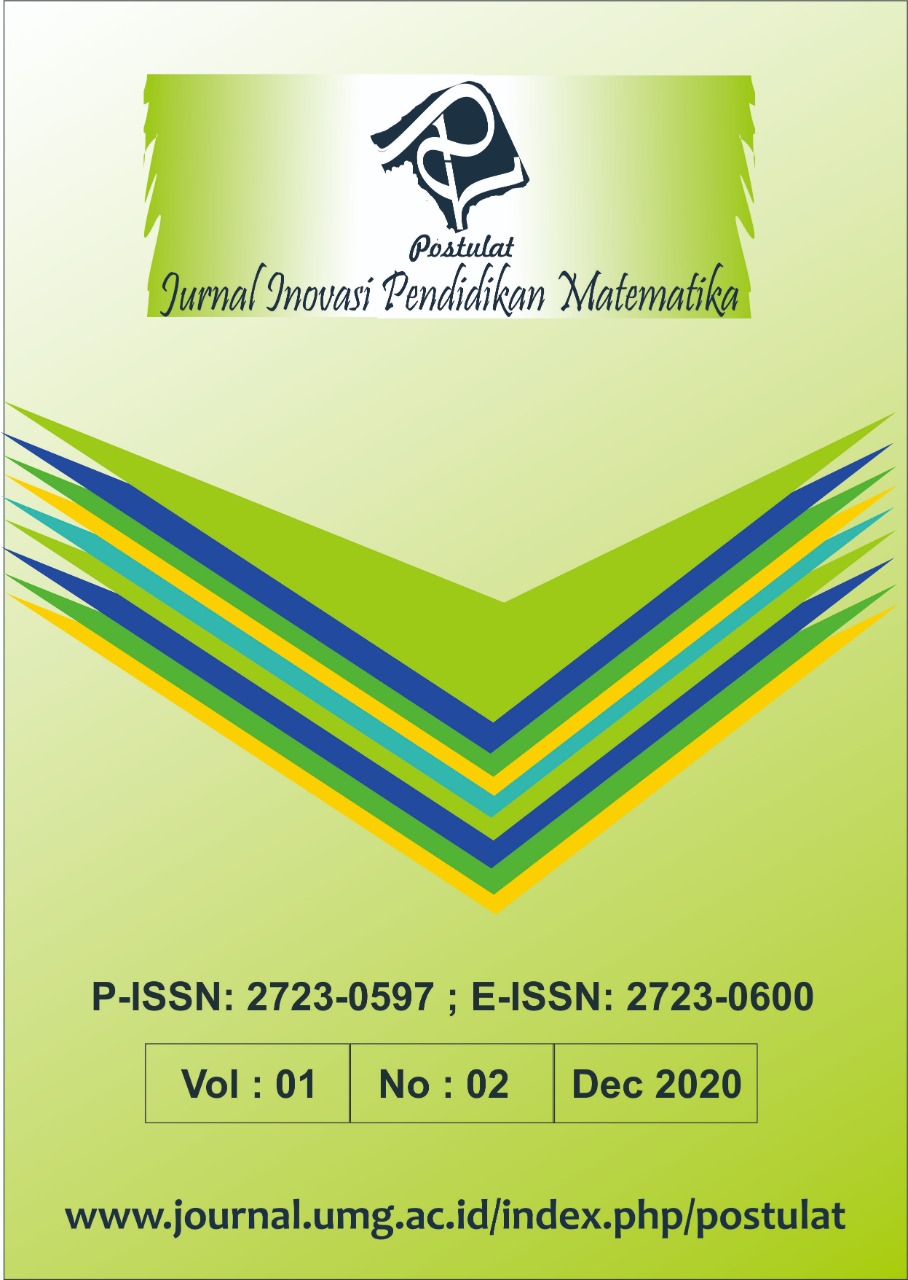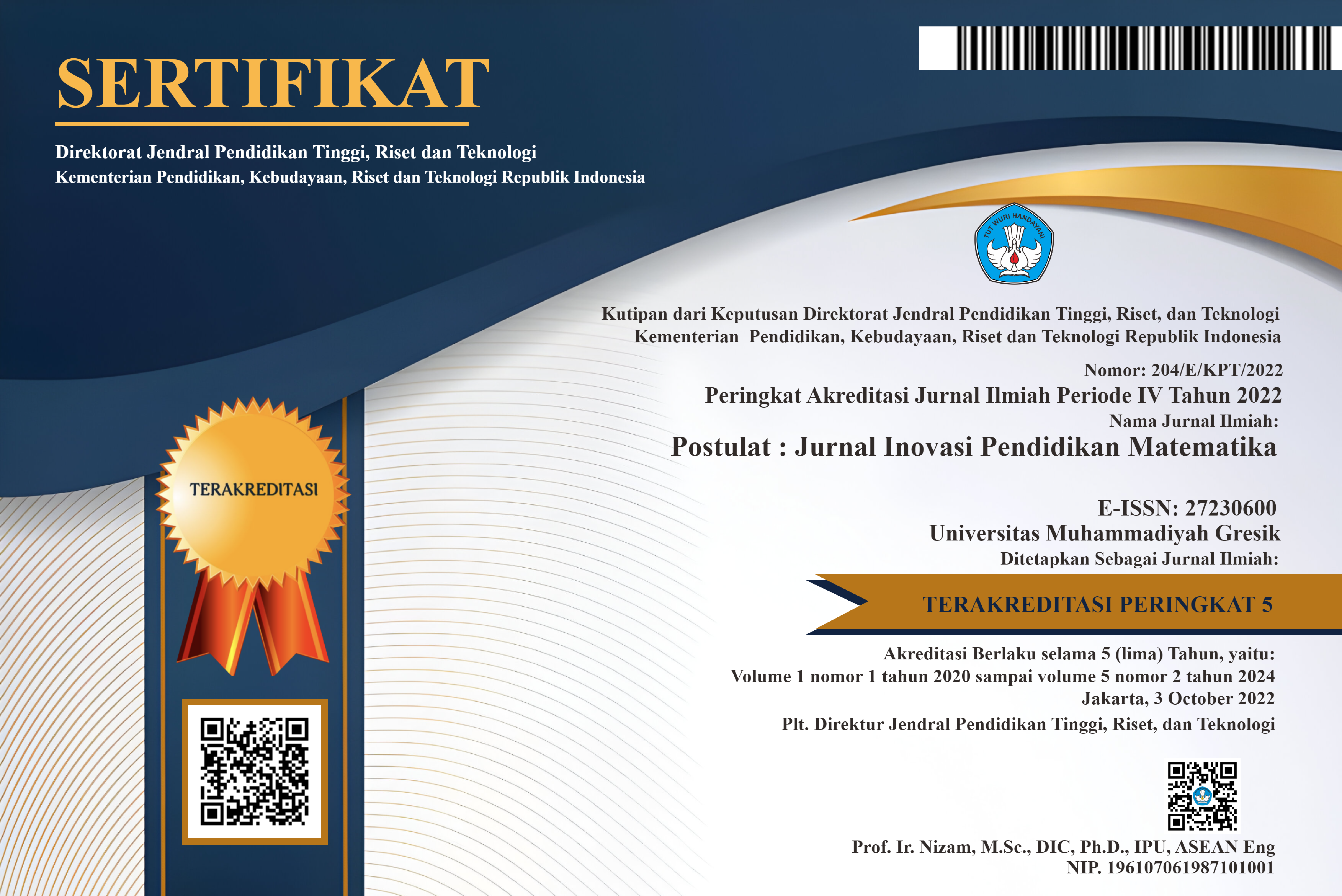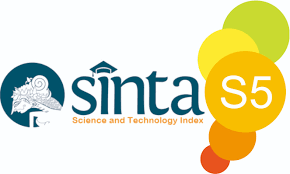The Effectiveness Of Lesson Study On Differentiated Instruction Among Mathematics Head Panels In District Of Port Dickson
DOI:
https://doi.org/10.30587/postulat.v1i2.2124Keywords:
Professional development, lesson study, differentiated instruction, head panels, collaborative.Abstract
This study is to examine the effectiveness of lesson study on differentiated instruction among Mathematics head
panels in district of Port Dickson, Malaysia. Teachers who received substantial professional development can
boost their students’ achievement. The effectiveness of professional development practice is being measured
by the heads of panel understanding about differentiated instruction and the application of differentiated
instruction in the classroom. Teachers often struggle to deliver mathematics lesson effectively in classroom due
to different learning styles and students’ mixed abilities in the classroom. Some students learn at a slower pace
and some in advance stage. The activities provided by teachers may work best for some students but will not
work for others. During lesson, teachers often assign tasks, which many students end up with disappointment
and confusion. Students become passive learners and teacher felt frustrated. Therefore, differentiated
instructions make sense because it offers different paths to understand content, process and product. The aim
of the present study was to obtain information from the school teachers in the implementation and planning of
differentiated instruction in teaching and learning. Moreover, the research team were interested in knowing the
strategy of differentiated instruction used in teaching and learning that support quality teaching. This study
involved 33 mathematics head panels from national primary schools in district of Port Dickson who volunteered
to participate in this study. In this programme, heads of panel will be able to share their experiences in
conducting and implementing differentiated instructions in classroom among peers in the district. Structured
questionnaires and interviews were used in this qualitative study to collect data. Results indicated that the
lesson study carried out by the Port Dickson District Education Office is effective. Furthermore, the lesson
study that were carried out by heads of panel in theirs school managed to boost self confidence among these
heads of panel. In fact, they showed willingness to share best practices to all mathematics teachers in the district
205
References
thesis, Minot State University, USA.
Chen, Y.H., (2007). Exploring the assessment aspect of differentiated instruction : College
EFL learners' perspectives on tiered performance tasks, PhD thesis, University of New
Orleans, USA.
Katina Matanluk, Khalid Johari, Ovelyn Matanluk (2012). The Perception of Teachers and
Students toward Lesson Study Implementation at Rural School of Sabah:A Pilot Study
: Social and Behavioral Sciences 90 ( 2013 ) 245 – 250.
Kobelin, M., (2009). Multi-Age Made Me Do it : A Teacher Tackles Differentiation in Math
Instruction. Schools,6(1): 10-22.
Letalova, M., (2008). Practical use of differentiated instruction at Czech schools : Masaryk
University, PhD thesis, Czech Republic.
217
Postulat : Jurnal Inovasi Pendidikan Matematika
Mohd Hasrul Kamarulzaman, HazitaAzman, Azizah Mohd Zahidi (2017). Differentiated
Instruction Srategies in English Language Teaching for Gifted Students. J. Appl.
Environ. Biol. Sci. 7(1S)78-90, 2017.
Moore, K. D. 2005. Effective instructional strategies: From theory to practice. London: Sage
Publication. Tallahassee FL: leon country school.
Muarata, A., & Takahashi, A., (2002). District level Lesson Study: How do Japanese teachers
improve their teaching of elementaryMathematics? : National Council of Teachers of
Mathematics. Las Vegas. April 2002.
Palmer, T. and M. Maag, (2010). Differentiating instruction to challenge all students : Master
thesis, Universtity of Wisconsin Oshkosh, USA.
Scott, B., (2012). The effectiveness of differentiated instruction in the elementary
Mathematics classroom: PhD thesis, Ball State University, USA.
Suprayogi, N., Godwin, R., & Valcke, M. (2017). Teachers and their implementation of
differentiated instruction in the classroom. Teaching and Teacher Education. doi:
10.1016/j.tate.2017.06.020
Subhan, P. (2006). Differentiatied instruction: A research basis. International Education
Journal, 7(7), 935-947.
Stigler,J., & Hiebert, J,,(1999), The teaching gap. New York: The Free Press.
Tracy C. Rock, & Cathy Wilson., (2005). Improving Teaching through lesson study. Teacher
Education Quarterly, Winter.
Tracey Hall, Nicole Strangman and Anne Meyer (2003). Differentiated Instruction and
Implications for UDL implementation. NCAC: Effective Classroom Practices.
Tomlinson, C.A., (2000). Differentiation of instruction in the elementary grades. ERIC
Digest. ERIC_NO:ED443572
Glass, K.T. (2011). Differentiated Instruction and Strategies. In Gregory, G.H (Ed.),
Differentiated Instruction (pp. 87-110). USA:Corwin
Tomlinson, C.A., Coleman, M. R., Allan, S., Udall, A., & Slade, M. (2011). Interface
Between Gifted Education and General Education: Toward Communication,
Cooperation, and Collaboration. In Gregory, G.H(Ed.). Differentiated Instruction (pp.
155-168). USA: Corwin.
Carol Ann Tomlinson.(2014). The Differentiated Classroom: Responding To The Needs Of
All Learners. 2nd Edition. ASCD: Alexandria, Virginia.
Jane Pablico, Moustapha Diack & Albertha Lawson.(2017). Differentiated Instruction in The
High School Science Classroom : Qualitative and Quantitative Analyses.
218
Lau Sai Ping1, at all : The Effectiveness Of Lesson Study On Differentiated......
International Journal of Learning, Teaching and Educational Research. 16(7):30-
54.
Jaweria Aftab. (2015). Teachers’ Beliefs About Differentiated Instructions In Mix Ability
Classrooms: A Case Of Time Limitation. Journal of Educational Development.
2(2):94-114.
Minder Kaur. (2017). To Recognise, Realise and Differentiate the Learning Needs of
Students. Pertanika J. Soc.Sci. & Hum. 25(2): 503-510.
Ministry of Education Malaysia. (2012). Malaysia Education Blueprint 2013-2025. Kuala
Lumpur:Ministry of Education Malaysia.












